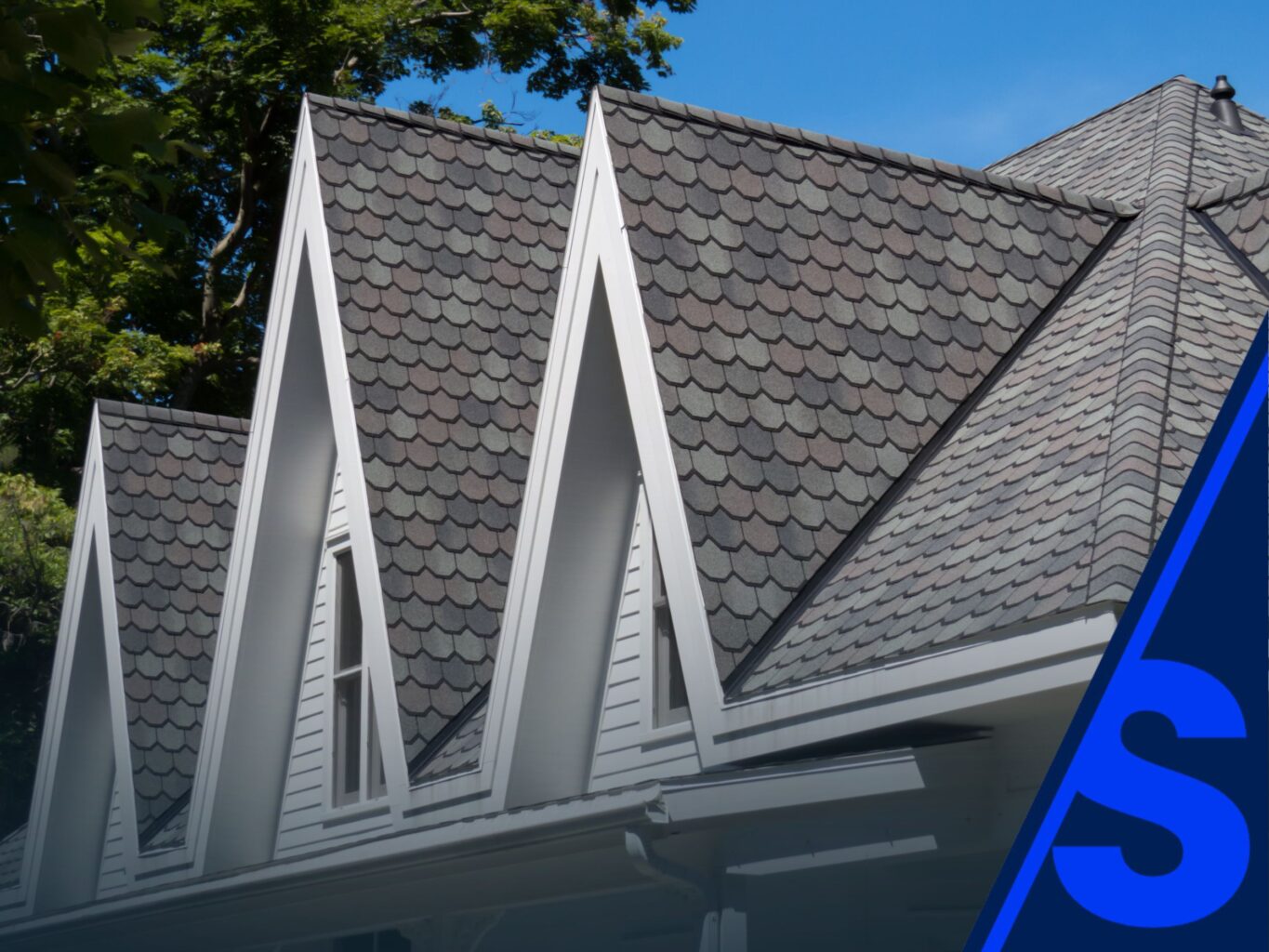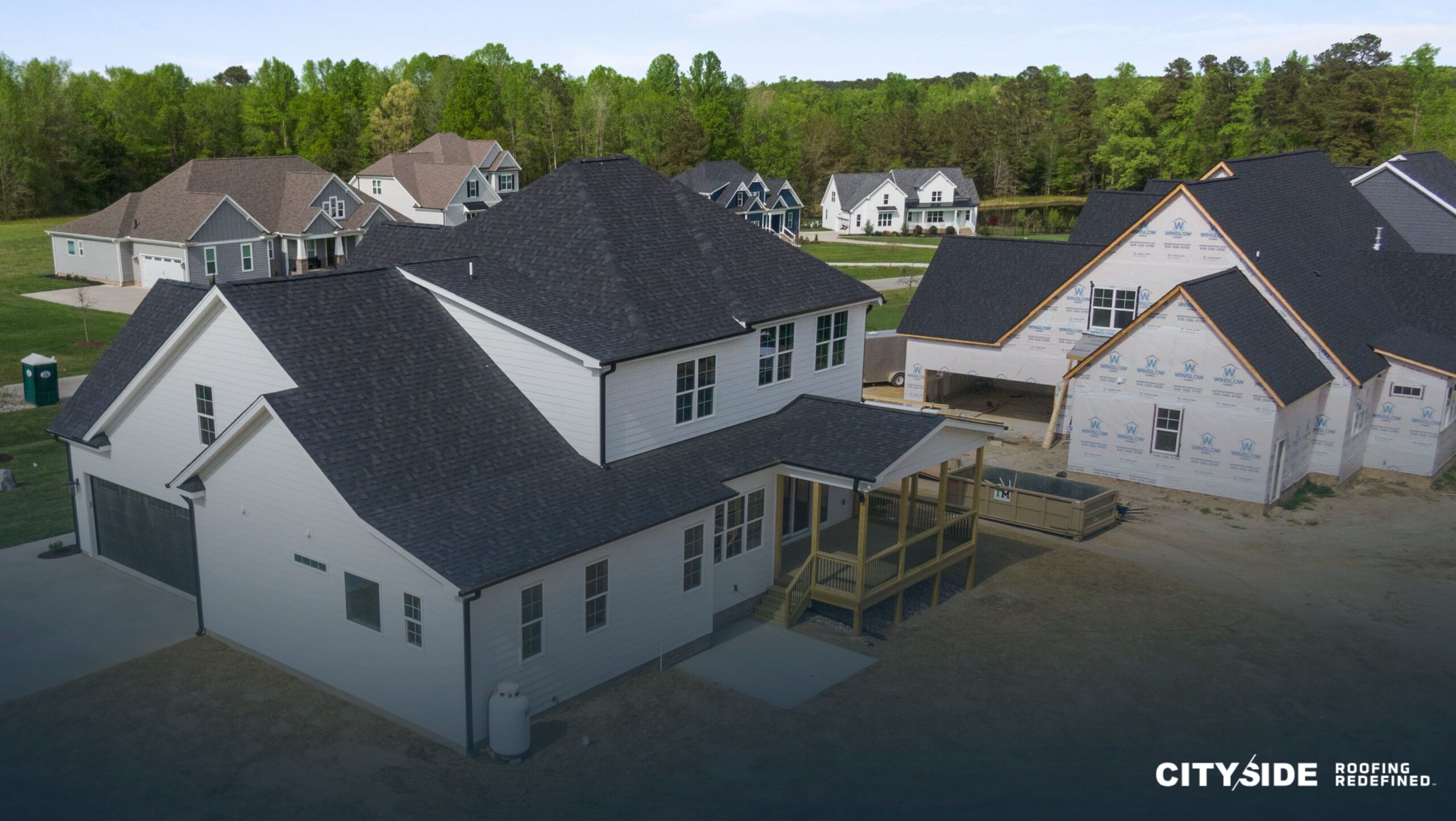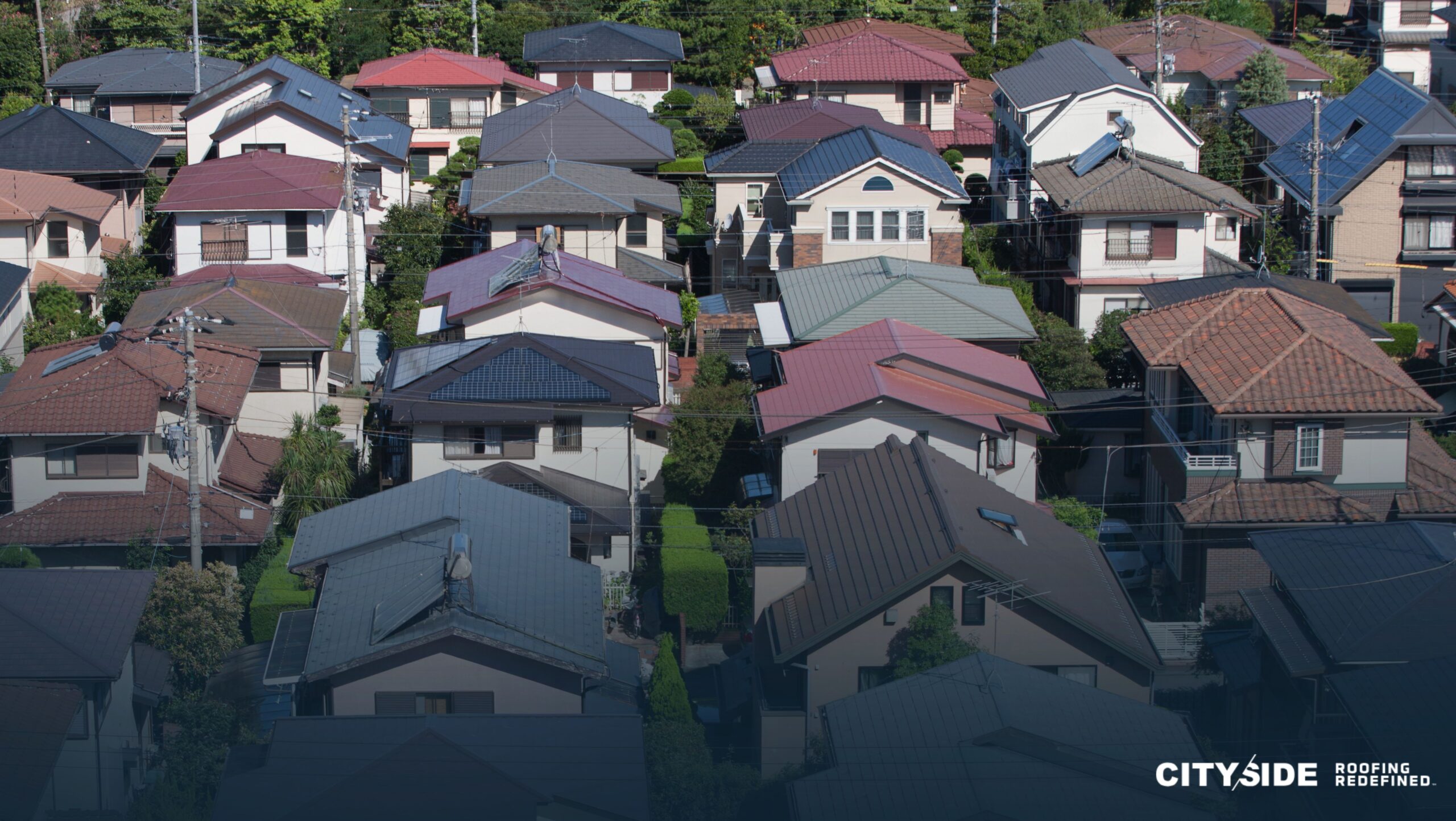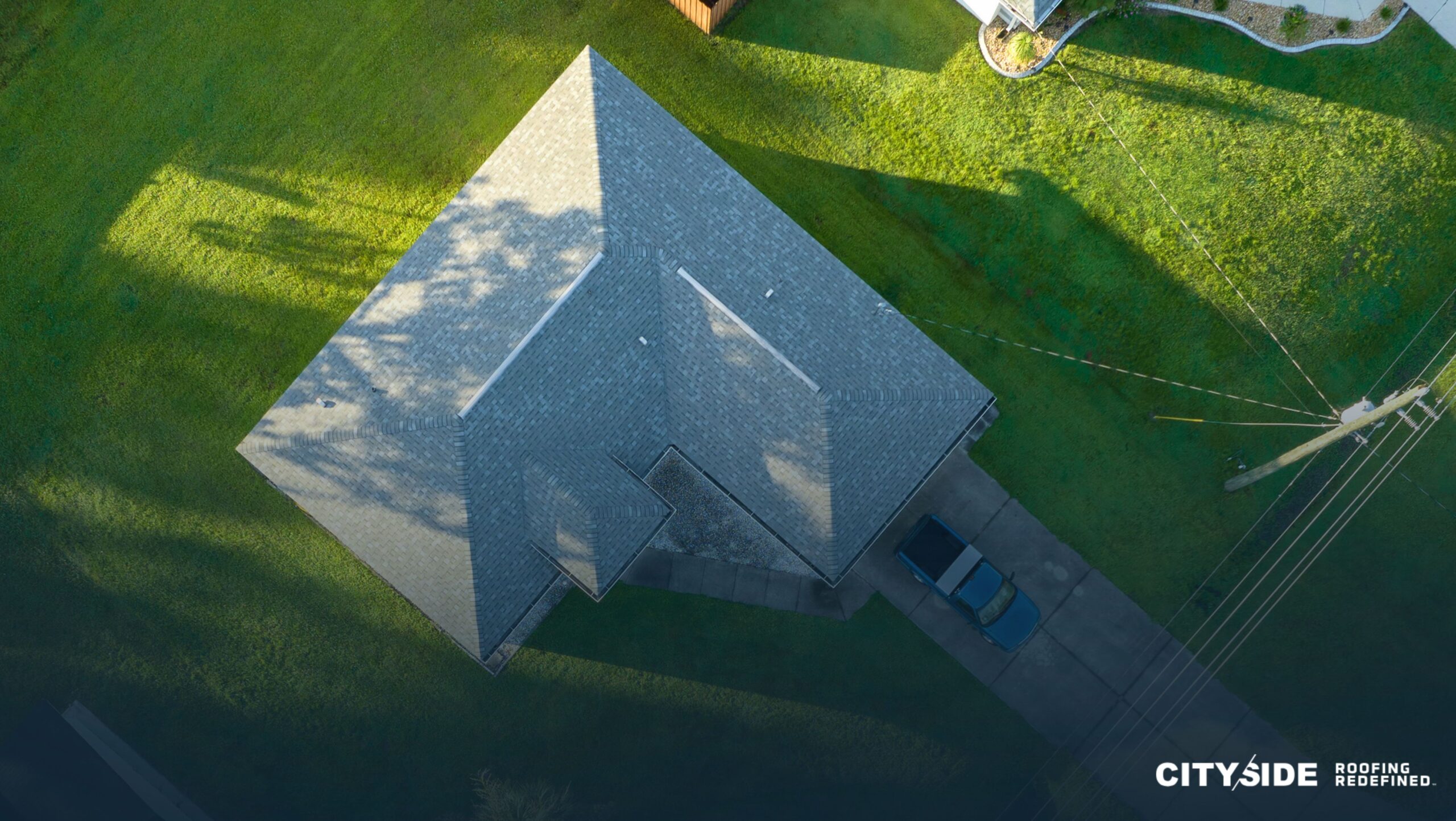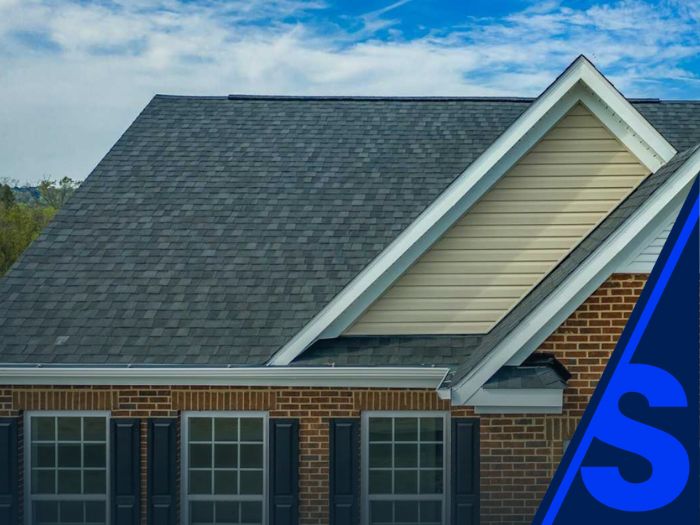Table of Contents
- Introduction
- Challenges of Roofing in High-Density Residential Areas
- Best Practices for High-Density Roofing Projects
- 3.1 Choosing the Right Roofing Materials for Florida Roofs
- 3.2 Ensuring Proper Drainage and Ventilation
- 3.3 Maximizing Durability with Hurricane-Resistant Roofing
- 3.4 Energy Efficiency Considerations for Large-Scale Developments
- 3.5 Partnering with a Trusted Roofing Contractor in Florida
- Compliance with Florida Roofing Regulations
- Why Home Builders Choose CitySide Roofing
- Conclusion
Introduction
High-density residential areas, such as multi-unit housing developments, townhomes, and apartment complexes, require careful planning when it comes to roofing. Unlike single-family homes, these properties involve larger roof surfaces, shared drainage systems, and the need for uniform aesthetics across multiple units. Ensuring durability, weather resistance, and efficiency in such projects requires a strategic approach, particularly in Florida, where roofing systems must withstand extreme environmental conditions.
Florida’s climate presents unique challenges, including intense sun exposure that accelerates material degradation, high humidity levels that contribute to mold and rot, and hurricane-force winds that can cause extensive roof damage. Home builders working in these environments must choose roofing materials and installation techniques that prioritize long-term performance while also complying with state and local building codes.
Additionally, high-density residential developments often have specific architectural requirements and HOA guidelines, making it crucial for builders to balance functionality with visual appeal. Roofing choices in these communities must not only meet technical and regulatory standards but also align with the overall design of the neighborhood.
This guide explores the best practices for roofing in high-density residential projects, addressing key challenges and highlighting why partnering with a professional roofing contractor in Florida like CitySide Roofing ensures long-term success.
Challenges of Roofing in High-Density Residential Areas
Building roofs for high-density residential developments comes with its own set of challenges, including:
Space Constraints
Unlike single-family homes, high-density residential projects require builders to navigate narrow gaps between buildings, making installation, maintenance, and drainage planning more complex. Coordinating material transport, worker movement, and safety measures in confined spaces is essential for a smooth roofing process.
Weather Resistance
Florida roofs must be designed to withstand extreme weather conditions, including heavy rains, hurricanes, and prolonged sun exposure. Roofing materials must be carefully selected to resist moisture damage, high winds, and UV deterioration while maintaining structural integrity over time.
Energy Efficiency
Large developments require roofing systems that enhance energy conservation while keeping costs manageable. Reflective roofing materials, proper insulation, and ventilation solutions all contribute to lower cooling costs and improved indoor comfort for residents. Meeting Florida’s strict energy efficiency standards is a key consideration for builders.
Compliance with Florida Codes
Home builders must ensure their roofing systems comply with Florida’s stringent roofing regulations. Failure to meet state and local codes can lead to project delays, costly fines, and potential legal liabilities. Working with a knowledgeable roofing contractor in Florida like CitySide Roofing ensures full compliance with the latest industry standards.
By understanding these challenges and implementing best practices, builders can create high-quality residential developments that offer long-lasting protection, efficiency, and aesthetic appeal.
Best Practices for High-Density Roofing Projects
3.1 Choosing the Right Roofing Materials for Florida Roofs
Selecting the right materials is crucial for high-density developments. Builders should prioritize:
- Asphalt Shingles: A cost-effective and durable option suitable for townhomes and large-scale developments.
- Metal Roofing: Known for its longevity and ability to withstand Florida’s storms, metal roofing is an excellent choice for multi-unit projects.
- TPO and EPDM Roofing: Ideal for flat or low-slope roofs, these materials provide energy efficiency and strong weather resistance.
A professional roofing contractor in Florida like CitySide Roofing can help builders determine the best materials based on project size and budget.
3.2 Ensuring Proper Drainage and Ventilation
Proper drainage is essential in high-density residential areas to prevent water pooling, leaks, and long-term structural damage. Best practices include:
- Strategically Placed Gutters and Downspouts: Directing water away from buildings to prevent erosion and foundation damage.
- Adequate Roof Slope: Even on flat roofs, a slight slope ensures proper water runoff.
- Ventilation Systems: Reducing heat buildup and moisture retention to improve roof longevity.
CitySide Roofing specializes in designing drainage and ventilation solutions that comply with Florida building codes and protect multi-unit developments.
3.3 Maximizing Durability with Hurricane-Resistant Roofing
Florida is no stranger to hurricanes, making storm-resistant roofing a necessity for high-density projects. Builders should prioritize:
- Impact-Resistant Shingles: Designed to withstand flying debris and heavy winds.
- Secondary Water Barriers: Adding an extra layer of protection to prevent leaks.
- Enhanced Fastening Systems: Ensuring roofs remain secure during extreme weather.
Florida roofs built with hurricane-resistant materials and expert installation techniques provide long-term durability and reduce maintenance costs for property owners.
3.4 Energy Efficiency Considerations for Large-Scale Developments
Energy-efficient roofing is increasingly important for home buyers and builders looking to reduce costs and environmental impact. Key considerations include:
- Cool Roof Coatings: Reflecting heat away from buildings to lower cooling costs.
- Solar-Ready Roofing: Designing roofs that accommodate solar panel installations.
- Insulated Roofing Systems: Reducing heat transfer to improve indoor comfort.
CitySide Roofing provides energy-efficient solutions that help home builders meet Florida’s energy regulations while enhancing the value of their developments.
3.5 Partnering with a Trusted Roofing Contractor in Florida
Working with an experienced and professional roofing contractor is key to ensuring quality, efficiency, and compliance in high-density residential projects. Benefits of partnering with CitySide Roofing include:
- Expertise in Large-Scale Projects: Ensuring seamless installation and coordination.
- Code Compliance Assurance: Helping builders navigate Florida’s roofing regulations.
- Premium Materials and Craftsmanship: Delivering long-lasting roofing solutions.
Contact CitySide Roofing to discuss your high-density residential project and get expert guidance from Florida’s leading roofing professionals.
Compliance with Florida Roofing Regulations
Florida has some of the most stringent roofing regulations in the country, requiring builders to meet standards for:
- Wind Resistance: Roofing systems must be designed to withstand high-velocity hurricane zones.
- Waterproofing: Secondary water barriers are required in many areas.
- Fire Safety: Materials must meet state-mandated fire resistance ratings.
Failure to comply with these regulations can result in fines, project delays, and increased liability. CitySide Roofing stays updated on the latest Florida roofing codes, ensuring that builders meet all necessary requirements for high-density developments.
Why Home Builders Choose CitySide Roofing
Home builders across Florida trust CitySide Roofing for their high-density residential projects because of our:
✅ Industry Expertise – Decades of experience handling complex roofing installations.
✅ High-Quality Materials – Providing durable, energy-efficient, and storm-resistant roofing solutions.
✅ Regulatory Knowledge – Ensuring full compliance with Florida building codes.
✅ Timely Project Completion – Keeping developments on schedule with efficient installations.
✅ Superior Customer Service – Offering personalized support for builders at every stage.
When you need a reliable roofing contractor in Florida, CitySide Roofing is your go-to partner for quality, compliance, and durability.
Conclusion
Roofing for high-density residential areas in Florida requires careful planning, high-quality materials, and expert installation to ensure durability and compliance with state regulations. By implementing best practices such as proper drainage, hurricane-resistant designs, and energy-efficient materials, builders can create long-lasting, high-performance roofing systems.
CitySide Roofing is here to help home builders navigate these challenges with professional roofing solutions tailored to multi-unit developments.
Related Reading: Emerging Technologies in Roofing for Central Florida Home Developments
